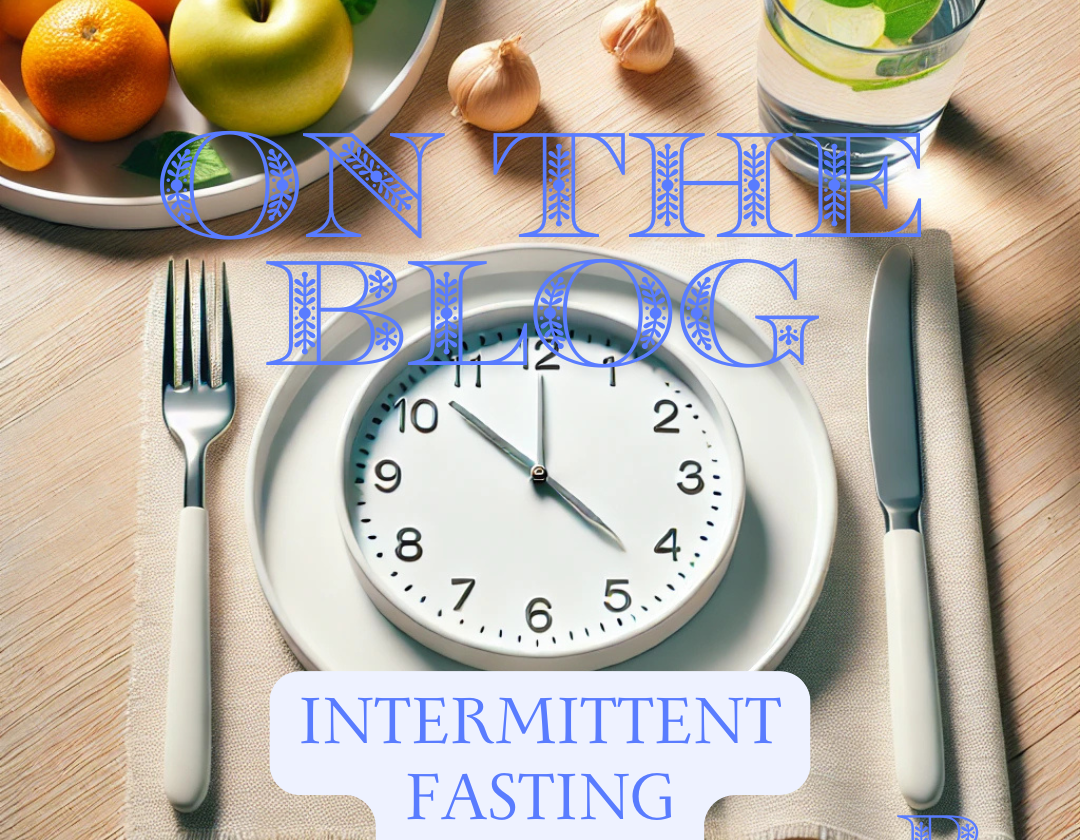We use affiliate links. If you purchase something using one of these links, we may receive compensation or commission.
Fasting has surged to the forefront of dietary trends in America, becoming the nation’s most popular dieting approach. This rise reflects a growing interest in health and wellness, with many individuals adopting fasting for its potential benefits.
Fasting Goes Mainstream: America’s #1 Dieting Approach
Fasting has become the most popular dieting approach in America, surpassing other methods like keto and low-carb diets. This trend reflects a growing interest in health and wellness, as many individuals explore fasting for its unique benefits and simplicity. With flexible methods and a focus on natural rhythms, fasting resonates with people seeking an approach that aligns with both health goals and lifestyle.
Understanding Fasting
At its core, fasting involves abstaining from food—and, in some cases, beverages—for a set period. Fasting approaches range from daily schedules to occasional extended fasts, allowing people to tailor the practice to their personal goals and needs.
- Intermittent Fasting (IF): A popular and flexible approach where you alternate between periods of eating and fasting. Common schedules include:
- 16:8 Method: Fast for 16 hours, then eat during an 8-hour window. Often, people skip breakfast and start their eating window around noon.
- 5:2 Diet: Eat normally for five days, then restrict calorie intake to about 500–600 calories on two non-consecutive days.
- Alternate-Day Fasting: Fast every other day, or significantly reduce calories on fasting days.
- Extended Fasting: Involves fasting for 24 hours or more, often practiced less frequently (e.g., once a week or month). This approach should be carefully monitored and ideally done under guidance.
Heal Your Body Through Intermittent, Alternate-Day, and Extended Fasting
Potential Benefits of Fasting
Fasting has drawn attention for its potential to enhance health and wellness in several ways. Research suggests it may offer the following benefits:
-
Weight Management: Fasting can promote fat loss and improve metabolic health by tapping into stored fat for energy during fasting periods, potentially making weight loss more sustainable over time.
-
Improved Insulin Sensitivity: Fasting helps lower insulin levels, which can reduce insulin resistance and lower the risk of type 2 diabetes. This is especially beneficial for individuals managing blood sugar levels.
-
Enhanced Cellular Repair and Longevity: Fasting triggers autophagy, a natural process where the body removes and recycles damaged cells. This cellular cleanup can contribute to overall health, potentially improving longevity and reducing the risk of age-related diseases.
-
Cognitive Health: Some studies suggest fasting may improve brain function and focus, likely due to lower blood sugar levels and increased ketone production. Fasting may even help protect against neurodegenerative diseases like Alzheimer’s.
-
Heart Health: Fasting has been linked to improvements in several heart health markers, including cholesterol levels, triglycerides, and inflammatory markers, which collectively reduce the risk of heart disease.
and Planner Food Journal, Fitness Journal, Daily Weight Loss Journal for Diet Tracking, Food Log and Health Goals, Undated, Size A5, Lavender
Considerations for Safe Fasting
While fasting has potential benefits, it’s essential to approach it thoughtfully, especially for beginners or those with medical conditions. Here are some tips:
-
Consult Healthcare Providers: If you have medical conditions, such as diabetes, low blood pressure, or a history of eating disorders, talk to your healthcare provider before starting a fasting regimen.
-
Listen to Your Body: During fasting, pay attention to hunger cues, energy levels, and overall well-being. If you feel lightheaded, fatigued, or unwell, it’s okay to break your fast.
-
Stay Hydrated: Fasting doesn’t mean avoiding water; staying hydrated is crucial. Herbal teas, black coffee, or water can be consumed during fasting windows to keep you feeling energized and clear-headed.
-
Start Slowly: If you’re new to fasting, start with a gentle approach, like the 12:12 method (fasting for 12 hours, then eating within a 12-hour window) before gradually increasing the fasting window as you feel comfortable.
Fasting: A Growing Trend with Personal Health at Its Core
As fasting continues to gain popularity, staying informed about different methods and their effects on health is essential. Fasting isn’t a one-size-fits-all solution, and experimenting with various approaches may help you find what works best. Above all, remember that fasting should support your health and lifestyle, promoting both physical and mental well-being.
Sources
- Exploding Topics: Top Health & Wellness Trends
An analysis of currenthealth and wellness trends, highlighting fasting as a leading dietary approach in the U.S. - National Institutes of Health – Fasting and Metabolism
Research from the NIH on how fasting affects metabolism, insulin sensitivity, and overall health benefits. - Mayo Clinic – Intermittent Fasting: What it is, How it Works, and Benefits
Mayo Clinic’s breakdown of intermittent fasting, including potential benefits, common practices, and health considerations.








